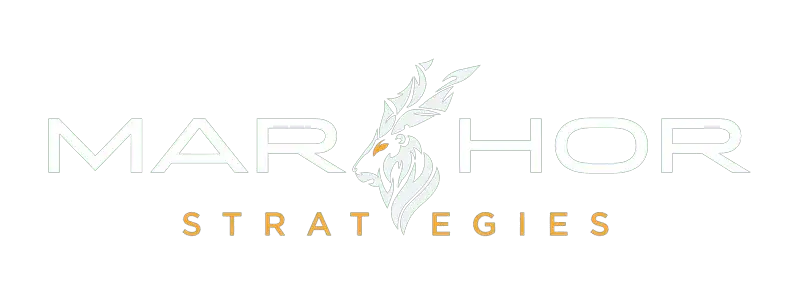Optimizing the procurement function is crucial for driving efficiency, reducing costs, and ensuring quality across the supply chain. By implementing targeted strategies, businesses can achieve superior performance and gain a competitive edge. Here are three key strategies to elevate your procurement function to new heights of excellence.
Strategy 1: Conduct a Comprehensive Spend Analysis
A spend analysis can help you gain visibility into your procurement spend, identify savings opportunities, optimize supplier relationships, and improve compliance. To conduct a spend analysis, follow these steps:
- Collect and Consolidate Data: Gather data from various sources such as invoices, purchase orders, contracts, and budgets.
- Categorize the Data: Use criteria such as commodity, supplier, department, and location to categorize the data.
- Analyze the Data: Use tools such as dashboards, reports, and benchmarks to generate insights and recommendations.
Strategy 2: Implement a Strategic Sourcing Process
Strategic sourcing involves defining your sourcing objectives, analyzing the market and suppliers, developing and executing a sourcing strategy, negotiating and contracting with suppliers, and managing supplier performance. To implement a strategic sourcing process, follow these steps:
- Establish a Cross-Functional Sourcing Team: Assemble a team with members from different departments to ensure a comprehensive approach.
- Conduct Market Research and Supplier Assessment: Analyze the market and assess potential suppliers to identify the best options.
- Develop a Request for Proposal (RFP) or Request for Quotation (RFQ): Create a detailed RFP or RFQ to solicit bids from suppliers.
- Evaluate and Select Suppliers: Assess the proposals and select the suppliers that best meet your criteria.
- Negotiate and Finalize Contracts: Negotiate terms and finalize contracts with the selected suppliers.
- Monitor and Evaluate Supplier Performance: Continuously monitor supplier performance and address any issues that arise.
Strategy 3: Adopt a Digital Procurement Platform
A digital procurement platform is a cloud-based software solution that automates and integrates various procurement activities, such as requisitioning, ordering, invoicing, payment, contract management, supplier management, and spend analysis. A digital procurement platform can help you improve efficiency, accuracy, transparency, and collaboration in your procurement function. It can also help you leverage advanced technologies such as artificial intelligence (AI), machine learning (ML), blockchain, and the Internet of Things (IoT) to enhance your procurement capabilities. To adopt a digital procurement platform, follow these steps:
- Assess Your Current Procurement Maturity Level: Evaluate your existing procurement processes and systems to identify areas for improvement.
- Define Your Digital Procurement Vision and Roadmap: Set clear goals and create a roadmap for implementing digital procurement solutions.
- Select a Suitable Digital Procurement Solution Provider: Choose a provider that offers the features and functionality that best meet your needs.
- Implement and Customize the Solution: Work with the provider to implement and tailor the solution to fit your specific requirements.
- Train and Support Your Users: Ensure that your team is trained on the new system and provide ongoing support to maximize its effectiveness.
These are some of the strategies that can help you optimize your procurement function and achieve procurement excellence. By conducting a comprehensive spend analysis, implementing a strategic sourcing process, and adopting a digital procurement platform, you can improve your procurement performance and drive significant value for your organization.


